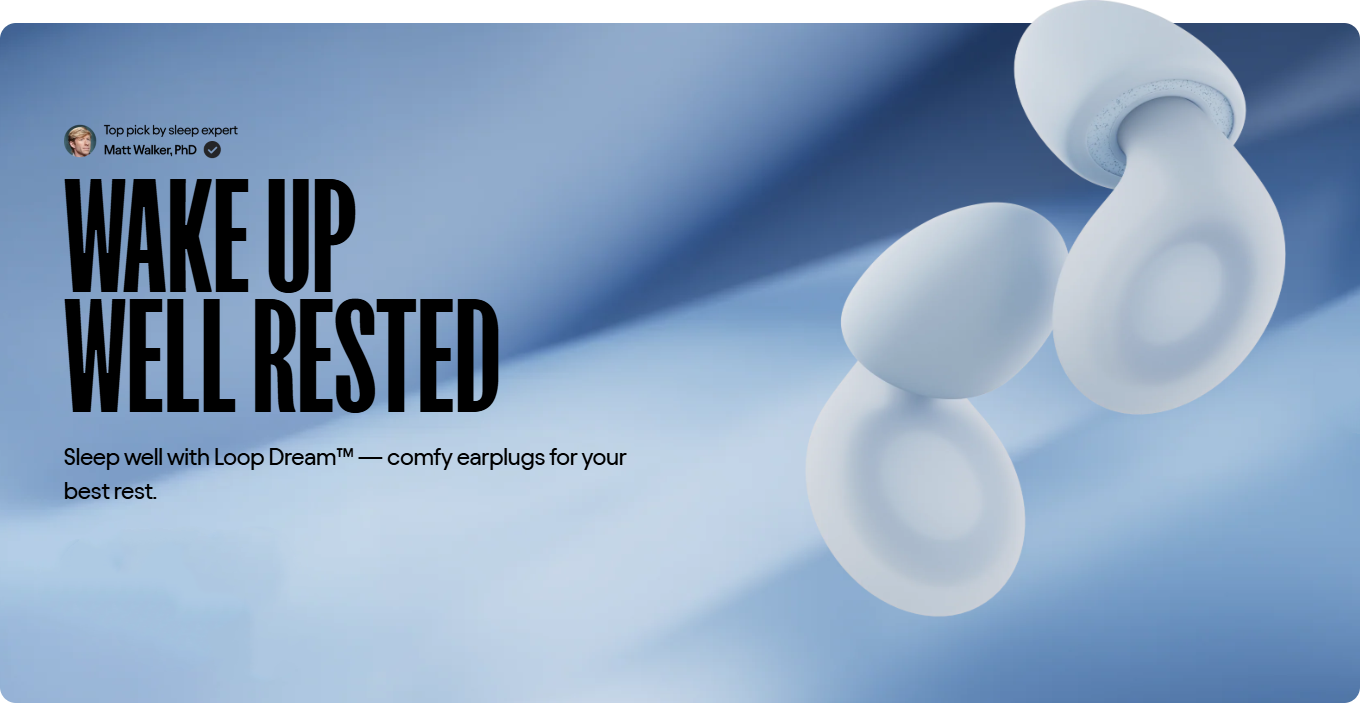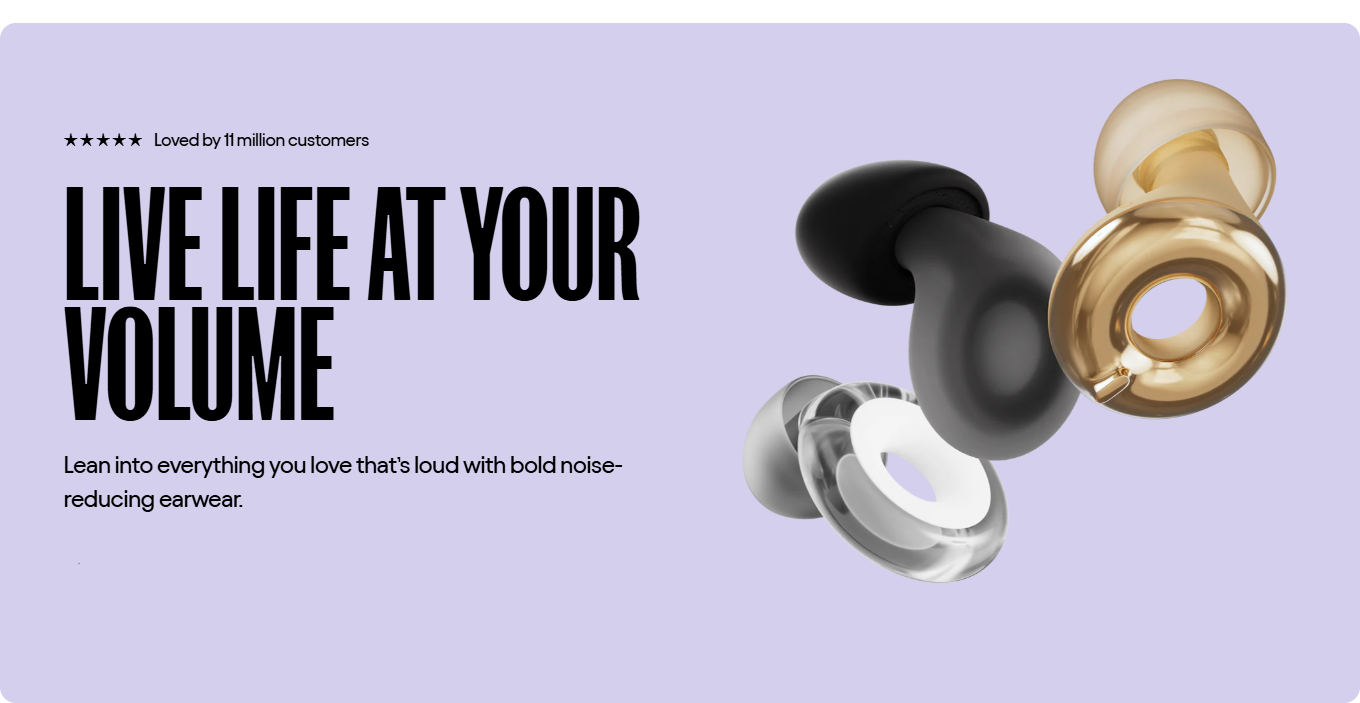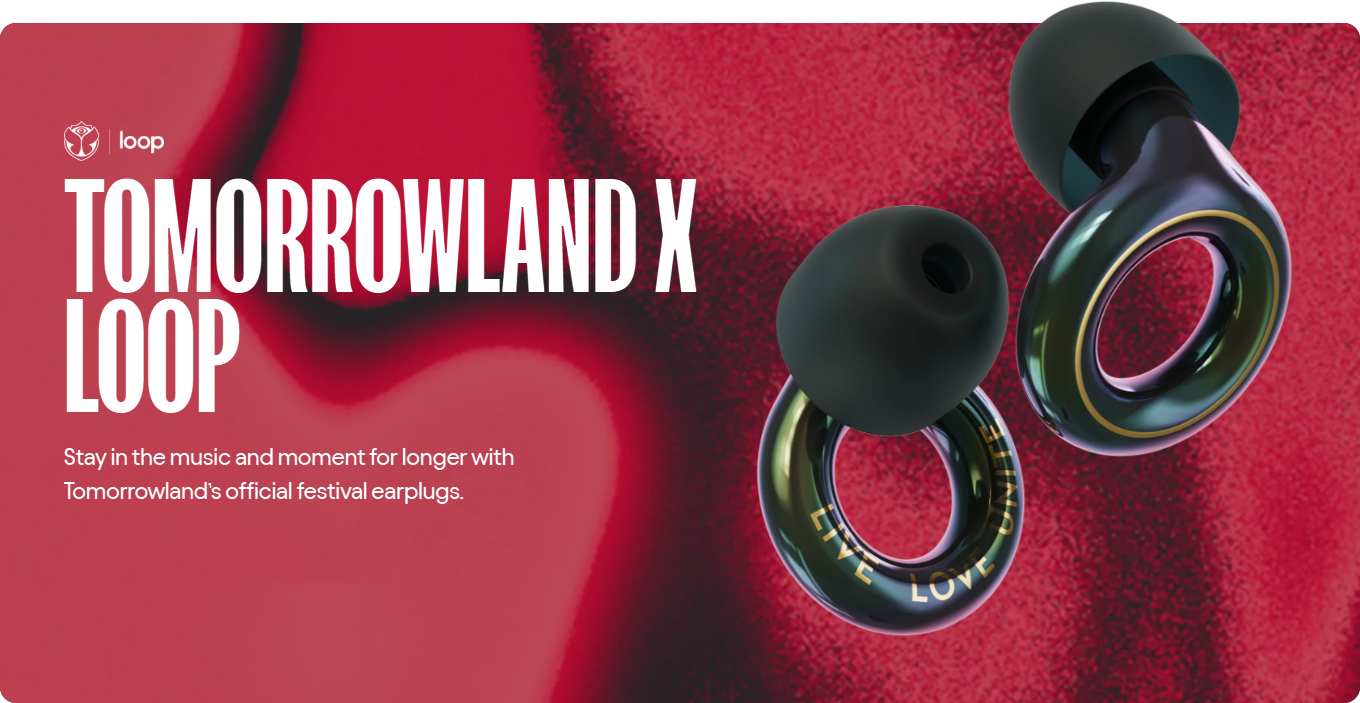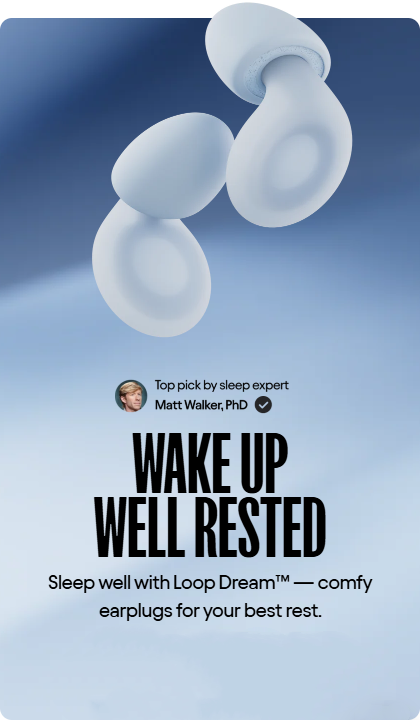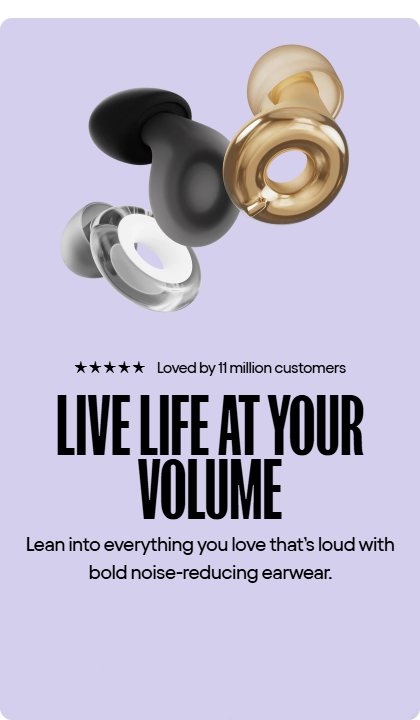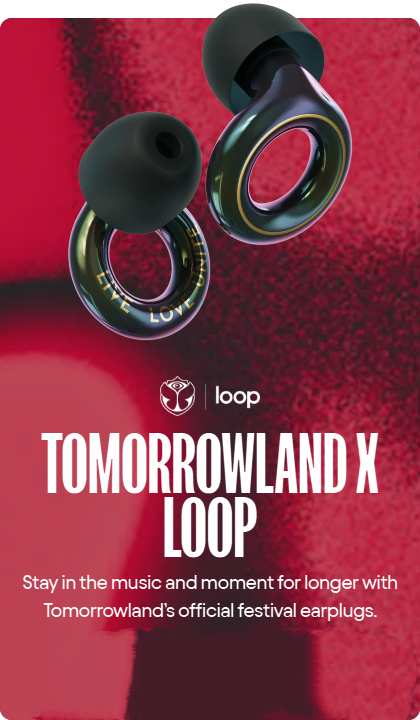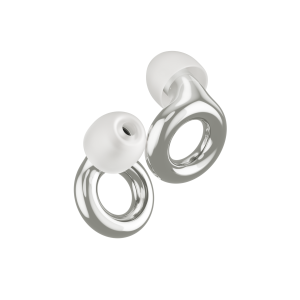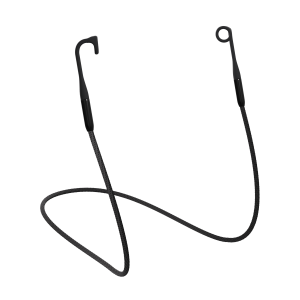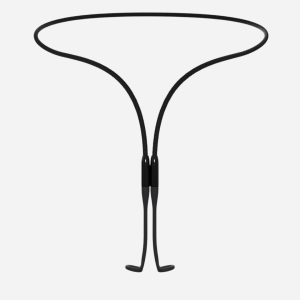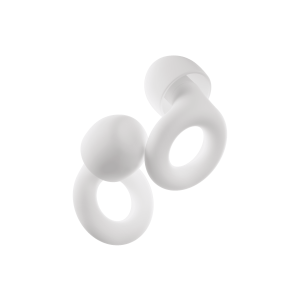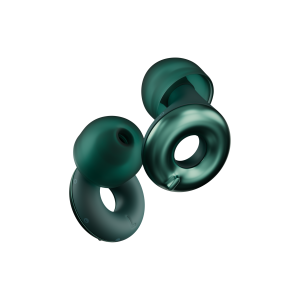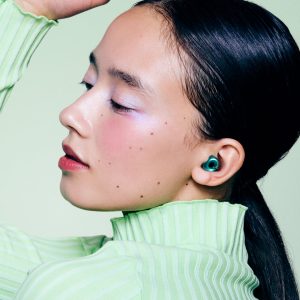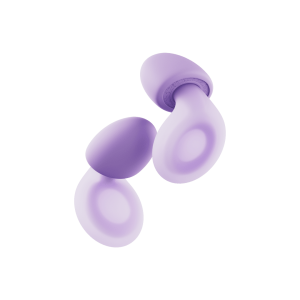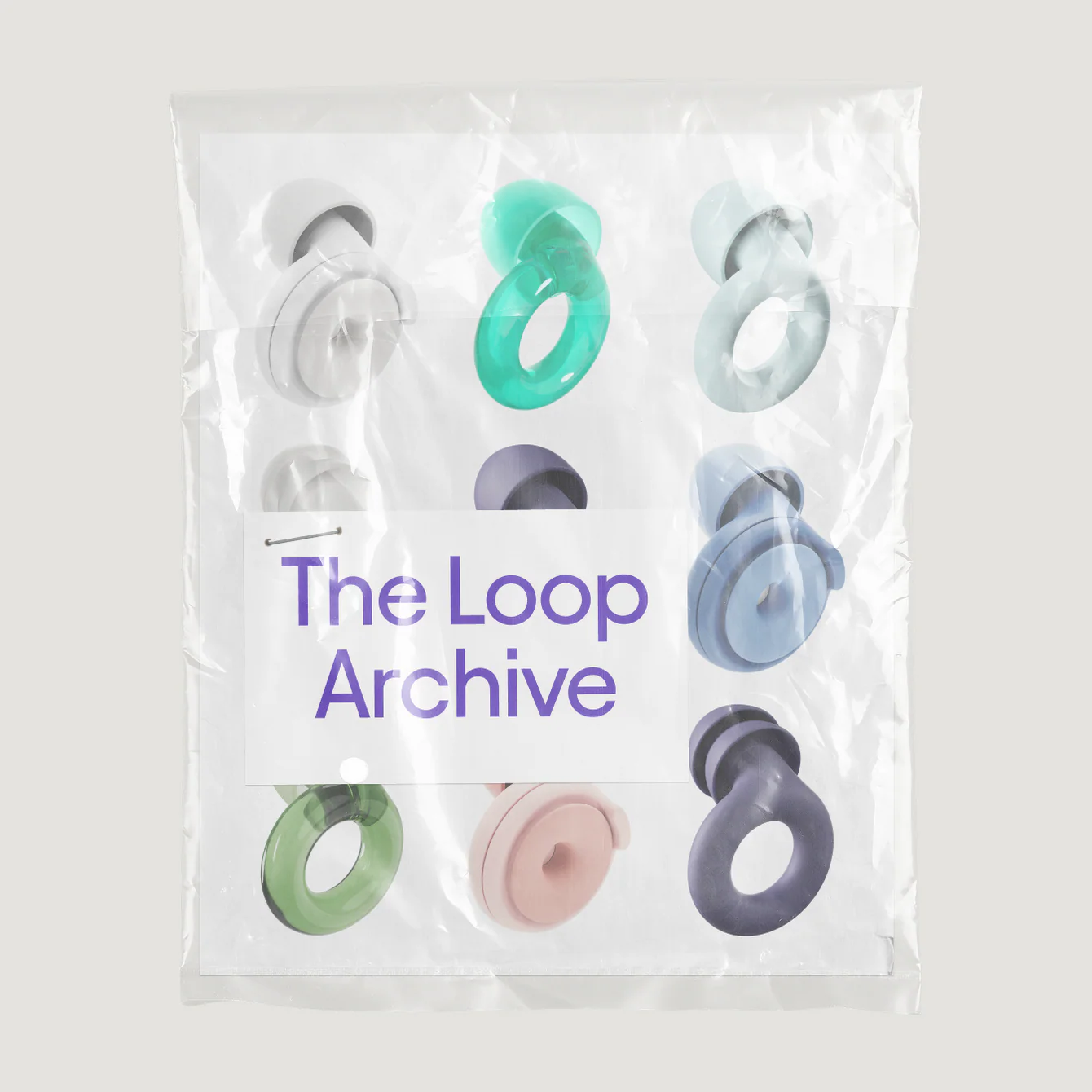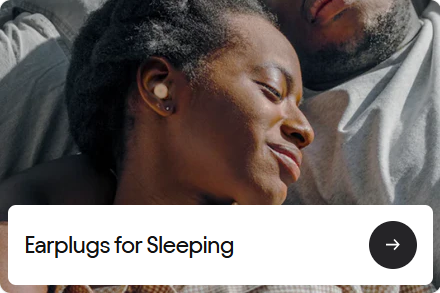The Complete Guide to Earplugs: Protecting Your Ears and Enhancing Your Life
In a world that never seems to quiet down, silence has become a rare luxury. From bustling cities to noisy offices, from snoring partners to roaring concerts, our ears endure an endless assault of sound every day. It’s no wonder that earplugs—those tiny, often-overlooked devices—have become indispensable for millions of people around the globe.
Whether you’re trying to block out the hum of an airplane engine, concentrate in a loud environment, or simply enjoy a good night’s sleep, earplugs can make a remarkable difference in your quality of life. But not all earplugs are created equal. Understanding how they work, what types exist, and how to use them correctly can transform them from a simple accessory into a true tool of comfort, protection, and well-being.
In this guide, we’ll explore everything you need to know about earplugs—from their history and materials to their uses, benefits, and common misconceptions.
1. The Science of Sound and Why Ear Protection Matters
To appreciate earplugs, it helps to understand what sound really is. Sound travels in waves—vibrations that move through the air and are detected by our ears. These vibrations are measured in decibels (dB), a unit that represents sound intensity.
For reference:
A whisper measures around 30 dB
Normal conversation hovers near 60 dB
City traffic can reach 85 dB
A rock concert can easily exceed 100 dB
Exposure to sounds above 85 dB for extended periods can cause permanent hearing damage. The sensitive hair cells in your inner ear—once damaged—do not regenerate. This is why consistent exposure to loud sounds can lead to noise-induced hearing loss (NIHL), one of the most common yet preventable forms of hearing impairment worldwide.
Earplugs work by reducing the amount of sound energy that reaches your eardrum. Depending on their design and materials, they can lower noise levels by 15 to 35 decibels, which might not sound like much, but it’s enough to make a roaring concert as gentle as a lively conversation.
2. A Brief History of Earplugs
Humans have been protecting their ears for centuries, though early methods were crude by today’s standards. Ancient Greek divers, for instance, used beeswax to seal their ears while swimming underwater—a primitive but effective form of sound and water protection.
In the early 1900s, the first modern earplugs were developed from wax and cotton. These offered moderate comfort but lacked durability and consistency. It wasn’t until 1962, when chemical engineer Raymond Benner invented the first molded silicone earplug, that ear protection began to resemble the modern products we know today. Later innovations in foam, silicone, and thermoplastic materials improved comfort, hygiene, and usability dramatically.
Today, earplugs are ubiquitous—used in industries, music, travel, healthcare, and even sports. The modern market offers dozens of specialized types for every need imaginable.
3. The Different Types of Earplugs
There is no one-size-fits-all solution when it comes to earplugs. The best type depends on your specific situation, comfort preferences, and how much noise reduction you need.
3.1 Foam Earplugs
Foam earplugs are the most common and affordable variety. They’re made from soft, compressible polyurethane or PVC foam that expands to fill your ear canal after insertion.
Pros: Excellent noise reduction, inexpensive, disposable, widely available.
Cons: Can be uncomfortable for long use, may cause irritation, not reusable, can reduce sound clarity.
Foam earplugs are ideal for sleeping, studying, and general-purpose noise blocking.
3.2 Silicone Earplugs
Silicone earplugs come in two main types—moldable and pre-molded.
Moldable silicone plugs are soft putty-like discs that conform to the outer ear rather than the canal, making them great for swimming or sleeping.
Pre-molded silicone plugs are reusable and often designed for specific uses like concerts or motorcycling.
Pros: Comfortable, reusable, water-resistant, hypoallergenic.
Cons: Slightly less noise reduction than foam, more expensive.
3.3 Wax Earplugs
Wax earplugs are a classic option that’s still popular today. They are typically made from natural wax mixed with cotton fibers, offering a soft, body-temperature seal that’s great for sleeping.
Pros: Very comfortable, gentle on ears, effective for sleep.
Cons: Can melt in heat, less durable, may need frequent replacement.
3.4 Flanged Earplugs
These are reusable rubber or silicone earplugs with multiple “flanges” or ridges that create a tight seal inside the ear canal.
Pros: Durable, easy to insert and remove, suitable for concerts or travel.
Cons: Can be less comfortable for sleeping, require cleaning.
Many musicians and concertgoers prefer flanged earplugs because they reduce volume without distorting sound.
3.5 Custom-Molded Earplugs
For those who wear earplugs frequently, custom-molded earplugs are the gold standard. Made from impressions of your ear canals, they provide a perfect fit and optimal protection.
Pros: Unmatched comfort and effectiveness, long lifespan, available in versions with acoustic filters for clear sound.
Cons: Expensive, require professional fitting.
3.6 Electronic Earplugs
A high-tech option, electronic earplugs are popular among shooters, musicians, and industrial workers. These devices use tiny microphones and processors to automatically adjust sound levels—amplifying quiet noises while suppressing loud ones.
Pros: Smart noise control, reusable, can enhance safety and awareness.
Cons: Pricey, require batteries or charging, less suitable for sleeping.
